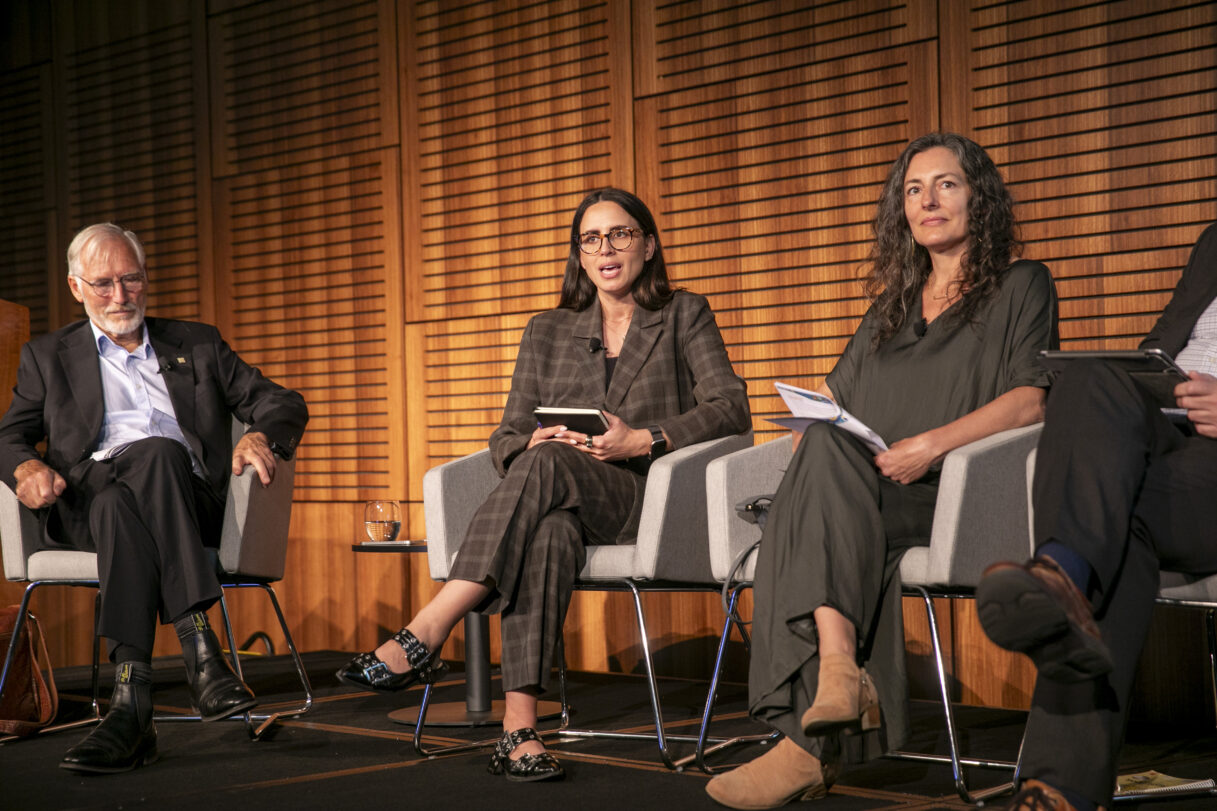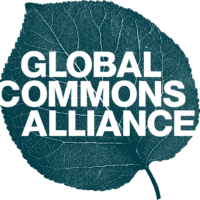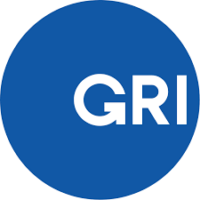Nature’s decline continues unabated – according to the latest shocking news from WWF’s Living Planet Report, wildlife populations have declined by 73%. There has never been a more urgent need for multi-sector action to halt and reverse nature loss by 2030 – the mission of the internationally agreed goal of the Global Biodiversity Framework to address this crisis. A global movement is needed to urgently implement the 23 action targets within this Framework. Standardized universal metrics to measure nature’s decline or recovery will help businesses, governments and civil society organizations to measure their impact on the natural world in order to address how to effectively take action and bend the curve on biodiversity.
The Nature Positive Initiative launched the ‘state of nature metrics’ consultation on 8th October at the Global Nature Positive Summit in Australia and the IUCN Leaders’ Forum in Switzerland. This was a big step forward in driving alignment and effective action in tackling the escalating nature crisis and securing nature-positive outcomes.
The world’s first international summit on ‘Nature Positive’
The Summit was a world first and demonstrated the importance of moving the needle towards a nature positive future. The Australian government and Environment Minister Plibersek in particular deserve kudos for this and for pushing forward on important national legislation for nature conservation. While on the one hand the government is not moving at the speed and scale needed, and have also recently also approved new coal mining, credit needs to be given for pursuing a nature positive agenda, and for convening the world’s first Nature Positive Summit to create a new platform for advancement on the world stage.
The Summit also acted as an important domestic signal to Australian businesses and to the general public, ahead of an election, that the current government is driving towards the mission of Nature Positive and that it is committed to passing legislation that is intended to support its people and organisations to take action to meet the Global Biodiversity Framework goals that Australia signed up to in Montreal in 2022. Minister Plibersek’s announcement of new Marine Protected Areas covering 300,000 square kilometres of sub-Antarctic ocean is a strong example of action and implementation of the GBF and the 30 by 30 target.
When I became Environment Minister, about two and half short years ago, one of the first things that struck me was that we needed to do for nature what the campaign for ‘net zero’ has done for climate change. To have an overarching goal. A simple, compelling way to explain opaque concepts – targets, baselines and sub targets – all important stuff. But explained in a way that intuitively makes sense to people. That’s why ‘nature positive’ and this Global Nature Positive Summit is so important.
The Hon Tanya Plibersek MP, Australia Minister for the Environment and Water
Marco Lambertini took center stage in Australia, officially opening a new consultation to build consensus around State of Nature Metrics.
Watch the full address:
The business sector was widely engaged in the summit, with over 1,000 representatives from multi-sectoral backgrounds. Organizations were clamouring to understand what international and local actors are doing to move the needle on nature loss. It was a great reminder that global gatherings help to enhance knowledge, understanding and allow for greater diversity in creating sustainable solutions to the crisis.
Traditional and Indigenous practices were celebrated during the Summit, pointing to the need to build from the existing knowledge and practices of various stakeholders to protect and restore nature across the globe. This will certainly be an ongoing aspect of the multilateral process to build on the GBF, including at COP16 in Cali later this month.
See what was said at the Summit:
Why we need a universal set of ‘state of nature’ metrics
Currently, there is no common approach to measure nature’s decline or recovery in a way that can be practically used to inform ‘nature positive strategies’ to ensure they deliver genuine nature-positive outcomes. There are more than 600 existing metrics to measure biodiversity and there are more in development, with a lack of consensus on which to adopt, which is hindering progress.
Consensus on ‘state of nature metrics’ is much anticipated by actors that want to communicate their baseline impacts and is much needed in order to effect change at scale. They will help businesses, financial institutions and target setters to demonstrate progress towards achieving the goal to halt and reverse nature loss, the mission outlined in the Global Biodiversity Framework. They could also be used by cities, states and national governments.
Many people at both the Global Nature Positive Summit and the IUCN Leaders Forum running concurrently in Geneva were interested to know more about the proposed set of nature metrics. Discussions took place in both open and closed groups around the opportunities and challenges in monitoring implementation and credibly disclosing on contributions to a nature-positive future.
The newly aligned State of Nature Metrics are designed to be embedded within existing metrics and standardsand will help enhance existing frameworks such as the Taskforce on Nature-related Financial Disclosures (TNFD), the Science Based Targets Network (SBTN), and the Global Reporting Initiative (GRI). They could also aid companies in meeting upcoming obligations to reporting against the EU’s Corporate Sustainability Reporting Directive (CSRD). They are specifically designed to make nature-related reporting easier and more standardized.
The State of Nature Metrics represent an important step forward in our collective ability to measure and address biodiversity loss. Our goal is to integrate these metrics within SBTN’s existing measurement architecture for corporate science-based target setting and action
Erin Billman, Executive Director, Science Based Targets Network (SBTN)





































